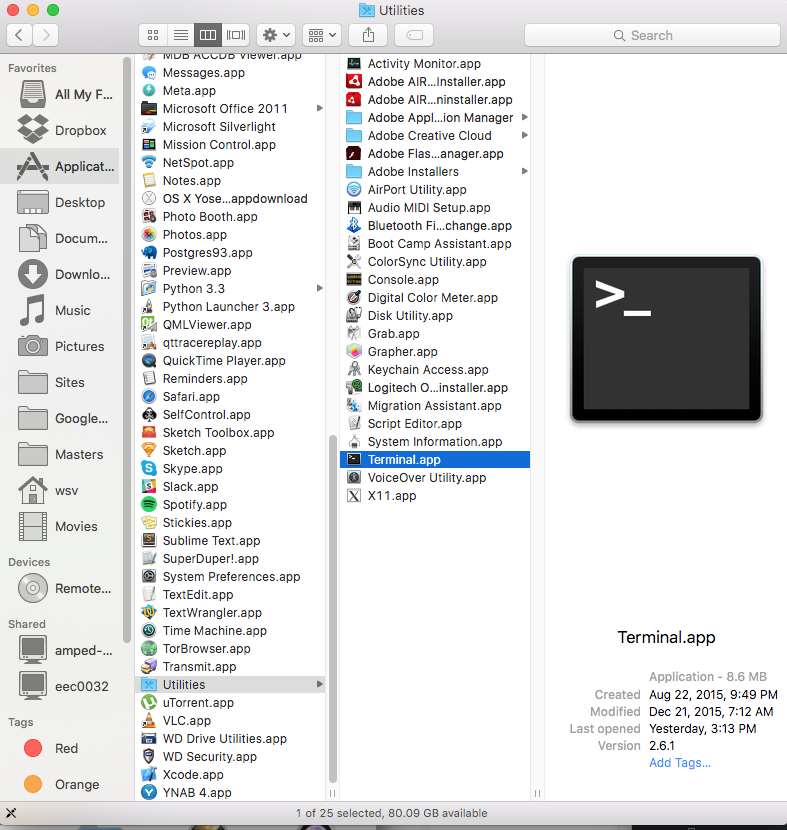


In the last chapter, you created a folder structure for school coursework. Maybe the code-based example will even motivate you to take your next steps as a coder! Creating files Non-code example

This way, even if you are not a programmer already, you can have an appreciation of why folders and files are useful for programmers as well! We will stick with the format of the last chapter, meaning we will show one example of creating files without code in them and the other with code. Now that you're familiar with creating folders via the command line, It is time to fill those folders with files. And, in case you want to stop a command you've input, you can do that by tapping the window (if it isn't already selected) and holding down the "control" key and hitting "c." Or, if you want to repeat a command, simply use the up arrow key to cycle through previously used commands and, when you see the one you want, press "return."ĭon't worry if you make a mistake in your command pathways: You'll just get a message back saying something along the lines of, "No such file or directory exists.Setting up folders is cool, but a folder without any contents is as useful as a box with nothing in it! If you need to get to your Terminal's settings, hold down the command key while tapping the comma button. Note that the file pathway is also fundamental here. Open -a "APP NAME" Open a text-based file using the text editor: Open Open a file using an application you specify:Īgain, you'll need the file pathway to use this command. In either case, hit the spacebar following the app name and then the command would take hold. Even though the latter appears to only copy the actual file name, it actually captures the full pathway. To do so, you can either drag the file to the Terminal window to add to the line, or right click the file and select "Copy " and then use the Command+V shortcut to paste it into the Terminal. Open -a "APPLICATION NAME" Open a file using the default application:įor this, you'll have to know the command pathway for the file you want to access. Or, if the application has a space in its name: If you input this exact phrasing, Terminal will open your Spotify app.


 0 kommentar(er)
0 kommentar(er)
